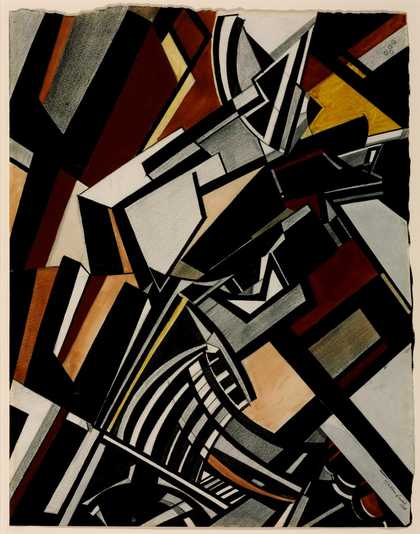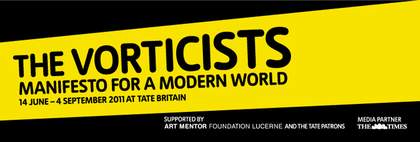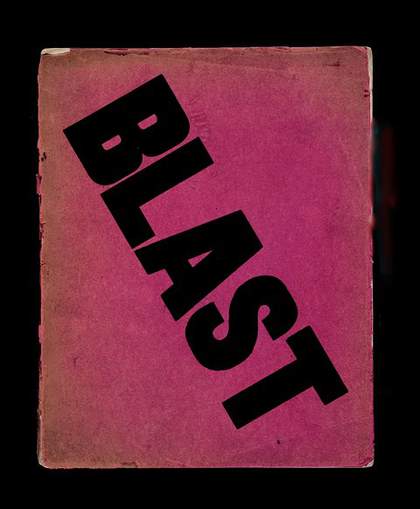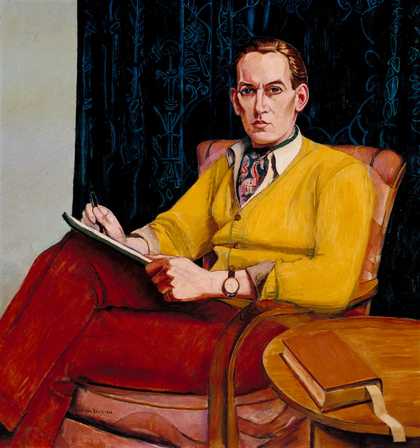Wyndham Lewis grew up at a time when nineteenth-century Romanticism and Realism in general, and in particular the Impressionists’ passive acceptance of the scene before them, however unsuitable according to traditional canons, as a subject for a work of art was being challenged everywhere.
During his early formative years in Germany, Holland and Spain and especially in France he assimilated the ideas of anti-Romantic thinkers such as Lasserre, Massis, Seillière and Sorel, and back in England he formed a close friendship with TE Hulme, who, subject to similar ideas, had pondered them more deeply than Lewis, and expressed them more influentially in his forceful and pregnant talk than in his occasional writings.
When he first emerged as a critic he was unable to accept any of the prevailing schools. Cubism, he found, shared the same starting-point in empiric nature with Impressionism. Futurism was too literary, and by its insistence on movement sacrificed clarity, and Expressionism, in which he included Abstraction, was disabled by its ambivalent attitude towards the natural world.
For the propagation of his own aesthetic, which his friend Ezra Pound christened Vorticism, Lewis established in 1914 the short-lived Rebel Art Centre, at 38 Great Ormond Street, where it was intended that classes in painting and drawing, lectures and exhibitions should be held, and he published what Pound called ‘the great magenta cover’d opusculum’, Blast: Review of the Great English Vortex.
In 1916 Lewis went into the Army and the Vorticist Movement was submerged by the war.
John Rothenstein





